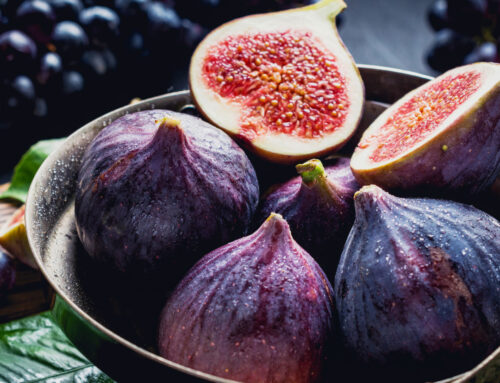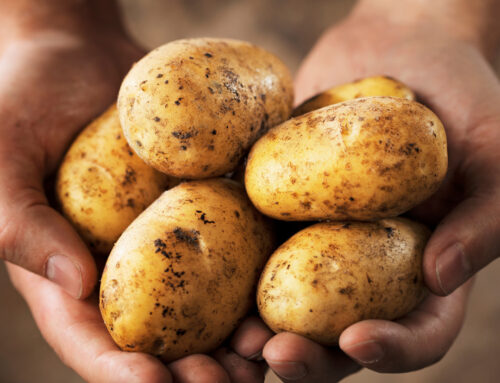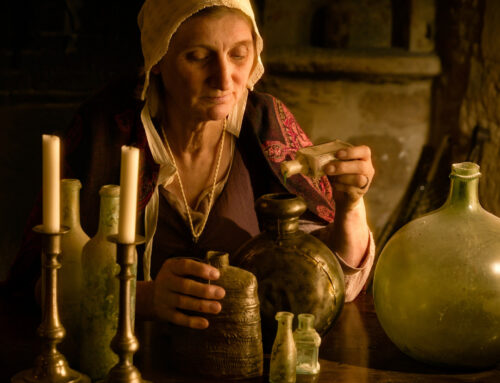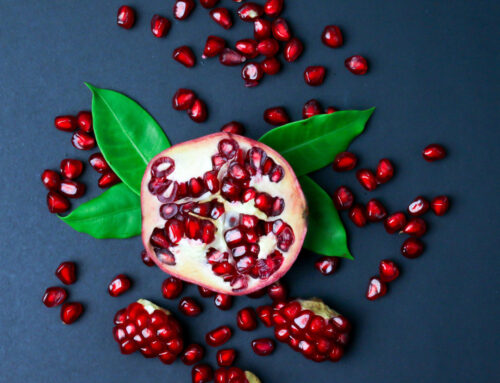Hard as it is to imagine today, everyday items we find in our kitchen spice rack in times past were more precious than gold and jewels. Wars were waged, fortunes amassed, people enslaved, and societies rose and fell in response to the global market’s insatiable appetite for exotic spices and profits.
The impact of the global spice market on world history was significant. This trade drove the international economy from the end of the Middle Ages well into the Renaissance, ushering in European domination in the East and triggering the Crusades and later the Age of Exploration and global imperialism, including European contact with the Americas. The floodgates opened when Portuguese explorer Vasco da Gama became the first European to reach India by sea, landing in Calicut in 1498, thus giving the Portuguese unopposed access to South Asian spices.
But before the Europeans took control of global sea passages and trade, which they dominated from the 16th to 18th century, it was Arab traders who supplied the coveted spices to the European market, brought over land and sea routes to Venice and Genoa. (Incidentally, it was these port cities that introduced the plague into Europe through contact with traders from the East.) Though used by the ancients for thousands of years for their culinary, aromatic, and medicinal properties, Europeans in the Middle Ages spices were an exotic luxury item that incurred status. As the middle class grew, they, too, wanted to purchase the luxury goods that were once only available to nobility.
One particularly desirable spice was cinnamon, made from bark from the cinnamon tree. There are two kinds of cinnamon: The typical cinnamon most of us have in our kitchen called cassia, originally from China, and the more expensive “true” cinnamon from Sri Lanka called ceylon (the older name for Sri Lanka). Ceylon cinnamon has antibiotic, antimicrobial, antiviral, and anti-fungal properties. It is thought to help boost immunity, lower blood sugar levels for diabetics and has been used as a treatment for a wide variety of ailments. There are records of its use in ancient Egypt around 2000 BCE, where it served culinary, medicinal, and spiritual purposes.
So how did this spice from Sri Lanka revered by the ancients, traded through Arabian nations into the Mediterranean, and fought over for centuries by European powers, become associated with our holiday season? Well, it comes down to thechemical property of cinnamaldehyde. Before widespread refrigeration was available, people used antimicrobial spices to preserve and store meats and other perishable foods. Any feast during winter would therefore need lots of cloves, ginger, nutmeg, and cinnamon. Plus, before they were more widely available, these special spices were a luxury item and would have been reserved for special occasions.
For North Americans, at least, the smell of cinnamon may trigger pleasant memories associated with festive holiday occasions. However, if you lived in medieval Europe during the Black Death, the scent might conjure up something entirely different. Medical wisdom of the time believed miasma, noxious “bad air,” was responsible for the mass deaths. To protect against this poisonous air, plague doctors filled the beaks of medieval PPE with a concoction of 55 herbs that included cinnamon and burned it to purify the air and cover the scent of dead bodies. While cinnamon can indeed tout many health benefits, it surely was no match for the plague.
Suppose you were an embalmer in ancient Egypt. In that case, the smell of cinnamon might remind you of a day on the job, fulfilling your sacred duty to your pharaoh and gods, as Egyptians employed it as a preservative and perfuming agent during the embalming process. The embalmer wore the mask of the jackal-headed Anubis, the patron god of embalming. (I find it interesting the Anubis mask resembles the plague doctor’s bird masks, and I wonder if, in addition to its spiritual function, it similarly served to mask the smell of death by containing spices and aromatics.)
The first mention of cinnamon (under the name cassia) in Greek text was in this poem by Sappho in 7th c. BCE. Describing a wedding procession:
And the sweet song of the pipe mixed…
And the sound of the cymbals, and then the maidens
sang a sacred song, and all the way to the sky
traveled the wondrous echo …
And everywhere through the streets…
Mixing bowls and cups…
And myrrh and cassia and frankincense were mingled.
And the older women cried out elelu.
Meanwhile all the men sang out a lovely high-pitched song,
calling on Apollo Pāōn, the far-shooter, master of playing beautifully on the lyre.
The Old Testament mentioned cinnamon as an ingredient in anointing oil, medicinal for indigestion, and perfume for clothing and linens. In antiquity, precious cinnamon was a gift worthy of the gods, and the scent wafting through temples may have inspired sacred emotion. The spice also burned on funeral pyres to mask the smell of death and perhaps served as a ritual means of atonement. Legend has it that Roman Emperor Nero burned a year’s cinnamon supply at his wife’s funeral, presumably out of remorse for causing her death.
Despite its widespread use, cinnamon’s origins were the Arab merchants’ best-kept secret until the early 16th century. To maintain their monopoly on the trade and justify its hefty price, Arab traders wove colorful tales for their European buyers about where and how they obtained the luxury spice. One such story, related by the 5th-century BCE Greek historian Herodotus, said that an enormous cinnamon bird called Cinnamologus carried the cinnamon sticks to high nests perched out of the reach of humans. According to this tall tale, people would leave large ox meat pieces for the birds to bring to their nests. When they did, the weight would cause the nests to fall to the ground, allowing the cinnamon sticks to be collected.
Throughout antiquity and the Middle Ages, cinnamon and acting as a flavoring for wine and food had sacred and healing properties and was associated with death and funerary rites. We, too, are dealing with death and grief in these times, not just from the Covid disease that has characterized the past year, but by other losses, felt. For this reason, I leave
you with one last compelling story about cinnamon. One that also involves a mythical bird. In ancient Greek folklore, the Phoenix is a long-lived bird that cyclically regenerates or is otherwise born again. Associated with the sun, the Phoenix obtains new life by arising from the ashes of its predecessor. This mythical bird of rebirth rose from the ashes of a pyre built with cinnamon and myrrh.
As we celebrate new beginnings and new life in 2021 and leave behind what doesn’t serve us, let us consider ushering in thisnew year with this sacred spice. Cinnamon can help to symbolically honor this transition and usher in a spirit of renewal. Perhaps bake cinnamon cookies, making a warm cinnamon drink, or finding another way to fill your home with the scent of cinnamon as we let 2020 fade away and look forward to a new year. In this way, you will be participating in a tradition that has been with humanity for thousands of years.
(written Dec 2020)





